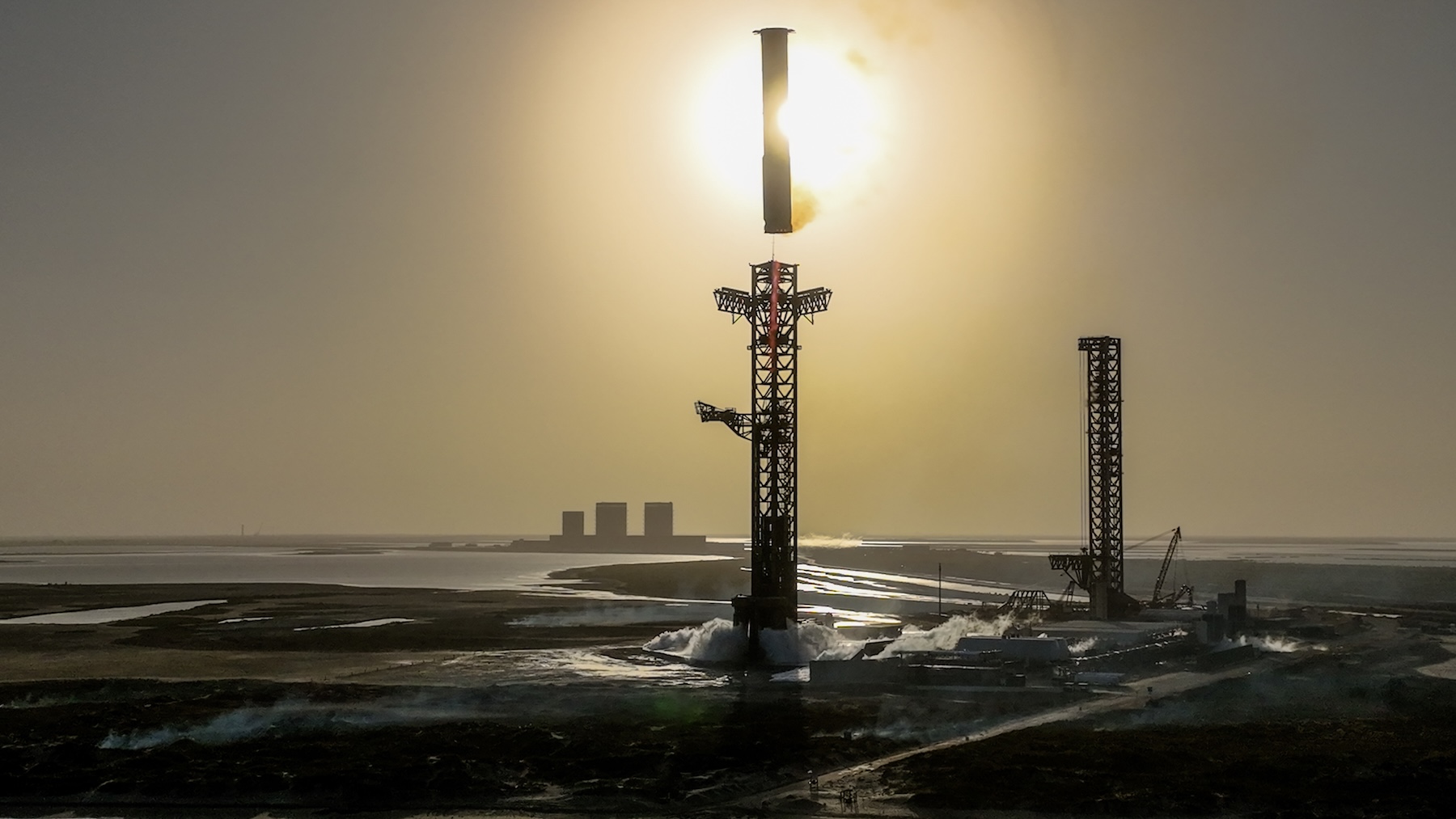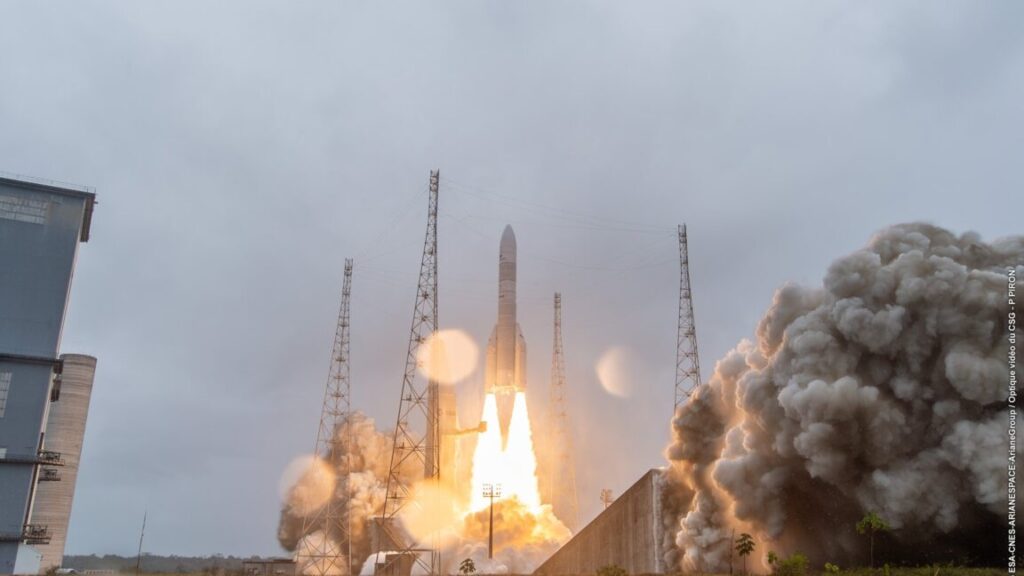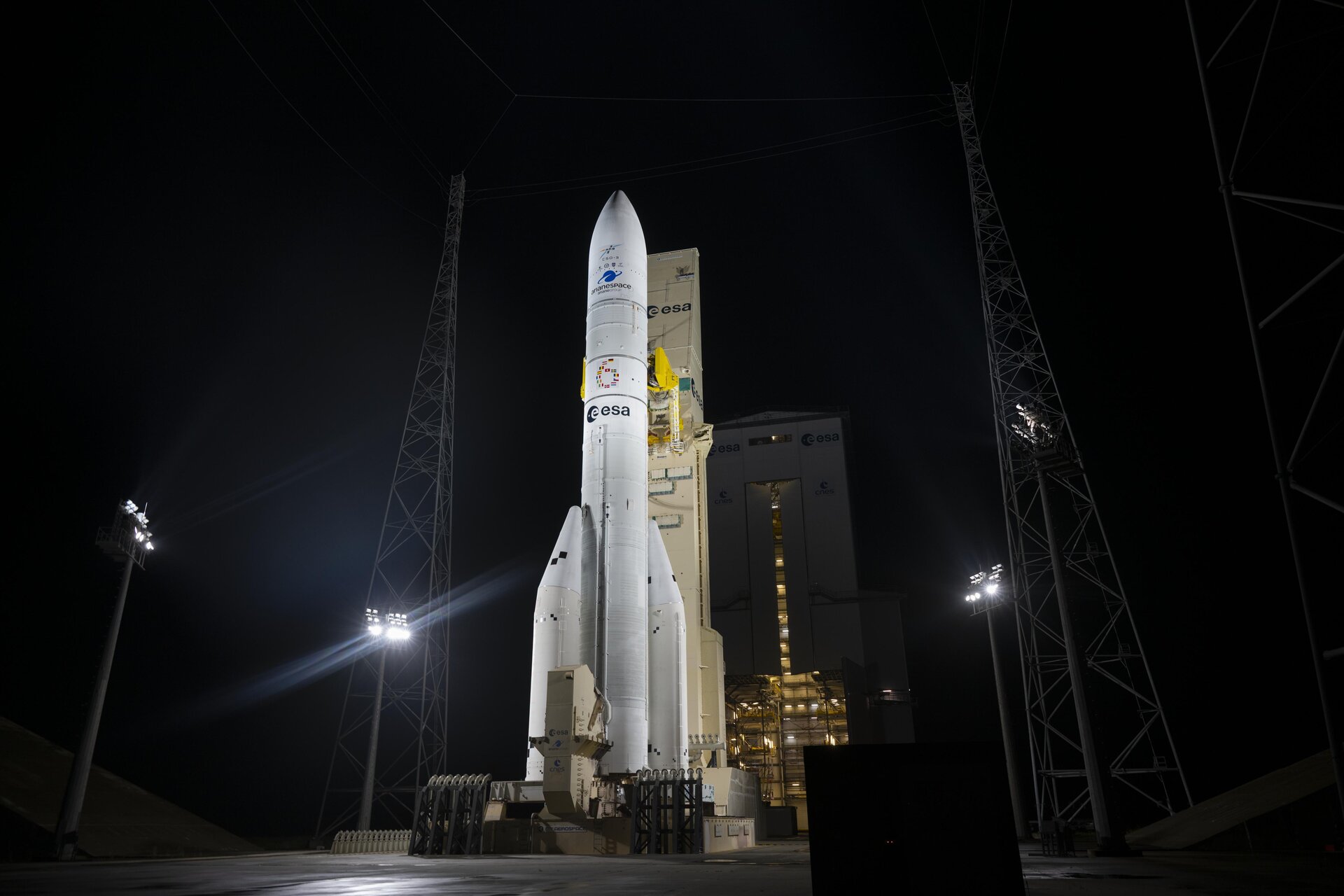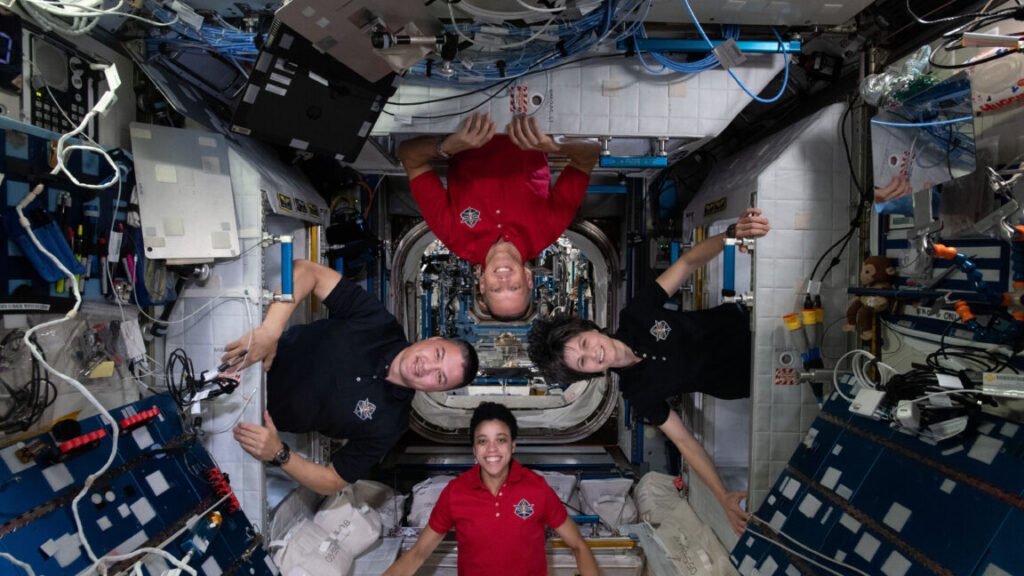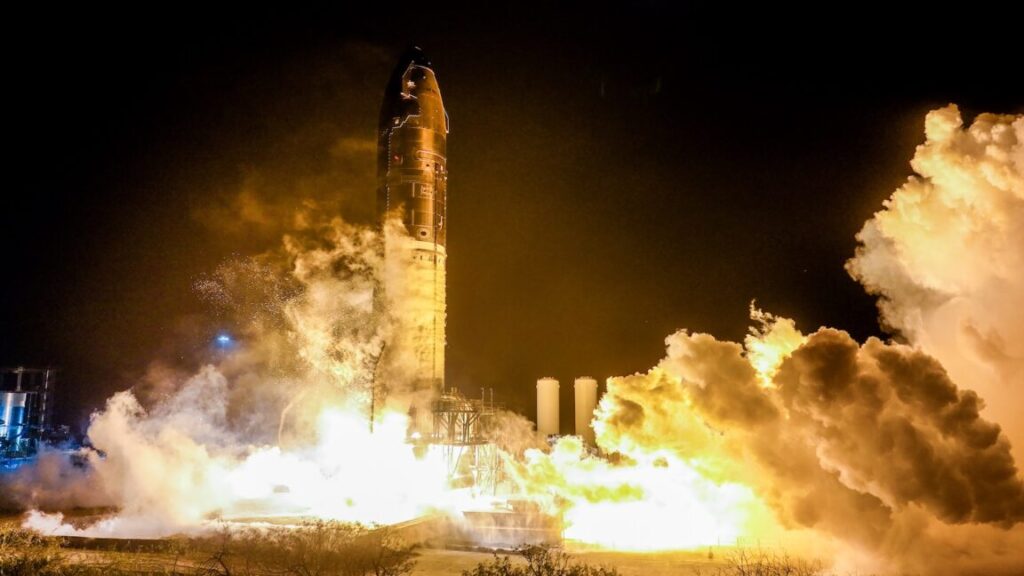Measles outbreak hits 208 cases as federal response goes off the rails
Vitamin A is a fat-soluble vitamin that stays in the body. Taking too much over longer periods can cause vomiting, headache, fatigue, joint and bone pain, blurry vision, and skin and hair problems. Further, it can lead to dangerously high pressure inside the skull that pushes on the brain, as well as liver damage, confusion, coma, and other problems, according to the American Academy of Pediatrics.
Nevertheless, in an interview with Fox News this week, Kennedy endorsed an unconventional regimen of a steroid, an antibiotic and cod liver oil, praising two Texas doctors for giving it to patients. One of the doctors Kennedy championed was disciplined by the state medical board in 2003 for “unusual use of risk-filled medications,” according to a report by CNN.
In a yet more worrying sign, Reuters reported Friday afternoon that the CDC is planning to conduct a large study on whether the MMR vaccine is linked to autism. This taxpayer-funded effort would occur despite the fact that decades of research and numerous high-quality studies have already been conducted—and they have consistently disproven or found no connection between the vaccine and autism.
The agency’s move is exactly what Democratic senators feared when Kennedy was confirmed as the country’s top health official. In Senate hearings, Kennedy refused to say that vaccines do not cause autism. Democratic senators quickly warned that his anti-vaccine stance could not only move the country backward in the fight against vaccine-preventable diseases, but also hold back autism research aimed at finding the real cause(s) as well as better treatments.
“When you continue to sow doubt about settled science it makes it impossible for us to move forward,” Senator Maggie Hassan (D-N.H.) said in a Senate hearing. “It’s the relitigating and rehashing … it freezes us in place.”
Measles outbreak hits 208 cases as federal response goes off the rails Read More »


